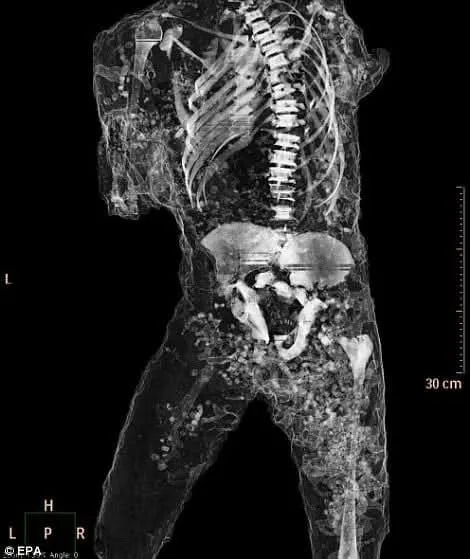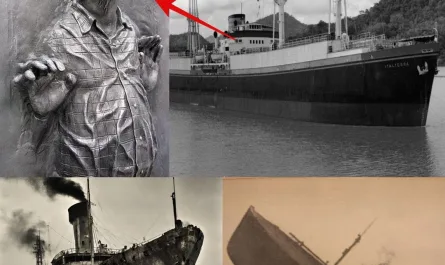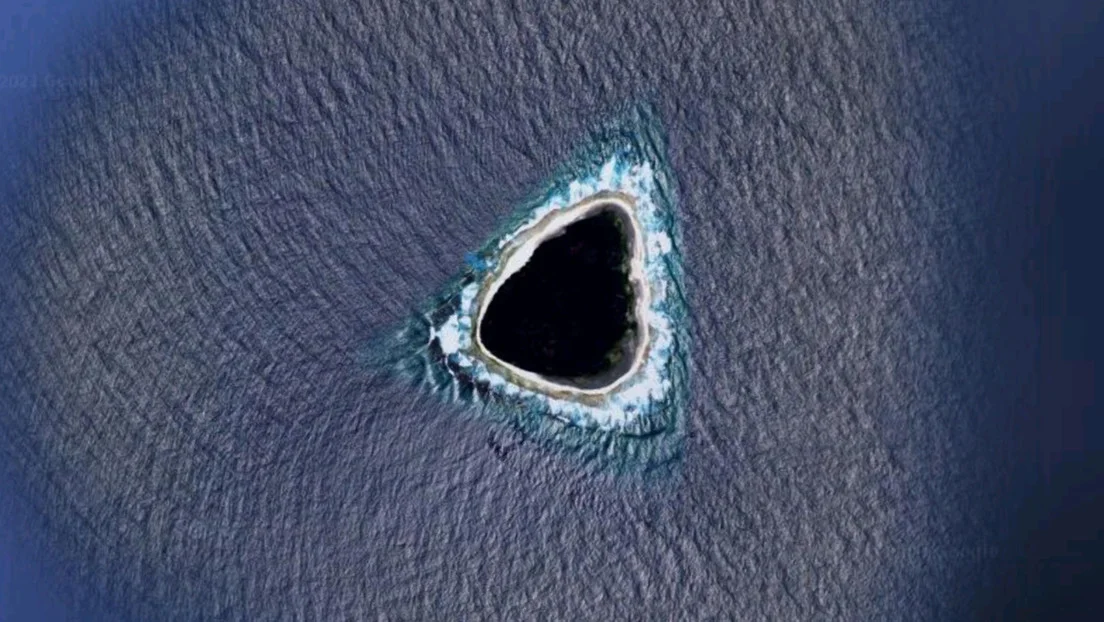For generations, the haunting figures of Pompeii have fascinated, unsettled, and moved visitors from around the world. These ghostly forms—men, women, and children frozen in their final moments—are among the most recognizable archaeological artifacts in human history. But modern technology is now revealing something even more powerful: these casts are not merely plaster replicas. Inside them lie the actual skeletal remains of the people who died during the eruption of Mount Vesuvius in 79 CE.

Recent CT scans of the Pompeii casts have opened a new window into this ancient tragedy, offering a clearer, more intimate understanding of the lives—and deaths—of its victims.
The Tragic Preservation of Pompeii
When Mount Vesuvius erupted on that August morning nearly two thousand years ago, a deadly combination of ash, pumice, and scorching pyroclastic flows swept through Pompeii. Entire neighborhoods were buried in layers of volcanic debris. Over the centuries, the bodies of the victims decomposed, but the hardened ash around them maintained the shape of their final postures, creating hollow cavities where the people once lay.
These natural molds became the foundation of one of archaeology’s most striking techniques.
How the Plaster Casts Were Made
In the 1860s, archaeologist Giuseppe Fiorelli developed a method to preserve these voids before they collapsed:
he carefully poured plaster into the hollow spaces left by the decayed bodies. Once hardened, the surrounding ash was removed, revealing astonishingly detailed shapes of the victims—faces twisted in fear, hands raised for protection, entire families embracing in their last moments.
What many people don’t realize is that as the plaster flowed into the cavity, it often enveloped remaining bones that were still inside.
The result: each cast is not simply a sculpture of a person—it is a plaster shell encasing their skeletal remains.
What CT Scans Reveal Today
Thanks to modern CT imaging, researchers can now examine the interior of these casts without damaging them. The scans have revealed:
1. Intact skeletal remains
The casts often contain skulls, rib cages, teeth, and long bones still in their original anatomical positions. The plaster formed around them like a second skin.
2. Details of the victims’ lives
Bone structure and dental health reveal clues about:
-
diet and nutrition
-
age and sex
-
disease or malnutrition
-
evidence of physical labor
-
genetic traits
In some cases, researchers can even reconstruct facial features from the preserved bone structure.
3. The moment of death
The positioning of bones inside the cast often confirms the outward posture. Some victims died instantly from thermal shock; others collapsed while attempting to shield loved ones.
4. Objects preserved with the body
CT scans also detect items that would otherwise remain unseen:
-
jewelry
-
hairpins
-
belts and buckles
-
coins
-
tools
These personal objects create a more intimate portrait of the people who lived—and died—in Pompeii.
Why the Casts Matter
The Pompeii casts serve two powerful roles:
1. A Scientific Archive
They preserve anatomical details that would otherwise be lost forever. With advanced imaging, historians and archaeologists can study:
-
health patterns in Roman society
-
social class differences based on bone wear
-
the physical impact of the eruption
-
life expectancy and disease in ancient Italy
Each cast is, essentially, a preserved moment in time—an archaeological time capsule.
2. A Human Memorial
These casts are not simply artifacts. They are remains of real people, caught in the most vulnerable moment a person can experience. Their postures, expressions, and silent stories allow visitors to connect emotionally with individuals who lived nearly twenty centuries ago.
Standing before a Pompeii cast is not like viewing a museum sculpture.
It is standing before a human being who once breathed, loved, worked, worried, dreamed—and whose final moment was captured by disaster and preserved by history.
Seeing the Truth Behind the Plaster
To see a Pompeii cast in person is to feel the weight of history press in. Their shapes are human—terribly so. But knowing that the bones still lie within transforms the experience from distant curiosity to profound empathy.
The CT scans don’t merely reveal anatomy.
They reveal unfinished stories, interrupted lives, and the deep, unbroken thread that connects us to the ancient past.
As technology continues to evolve, these casts will keep teaching us—not just about the eruption itself, but about how people lived, what they endured, and how fragile life truly is.





